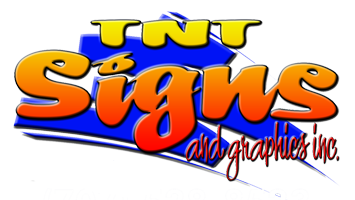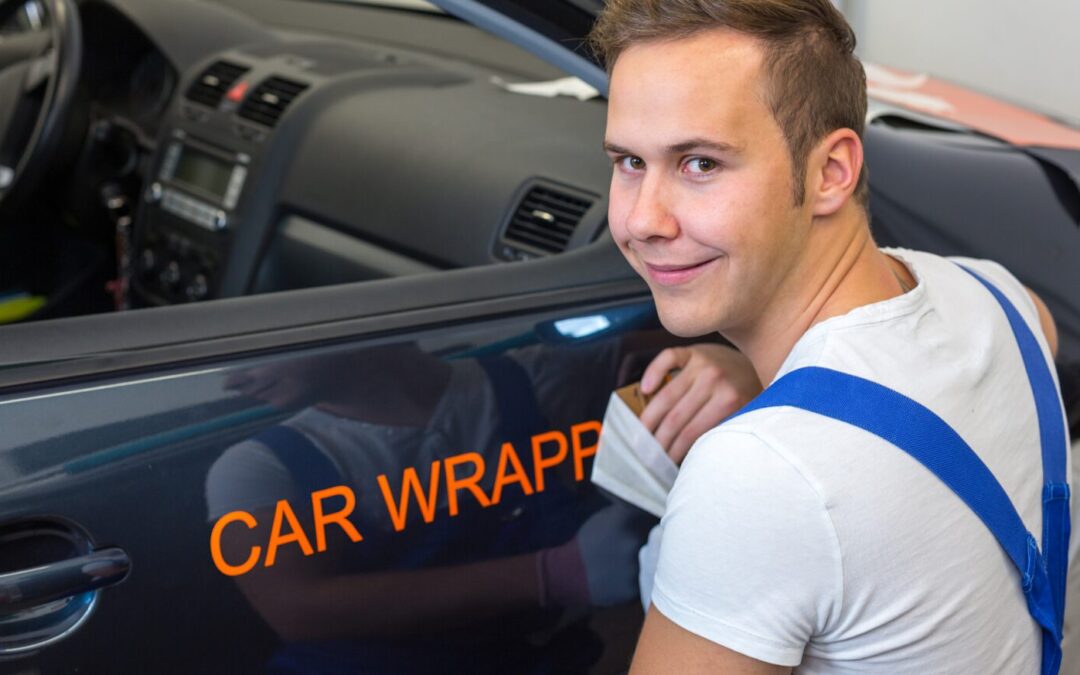Large-format vinyl banner printing is a market that’s both wide and deep, as they say, since literally millions of businesses can benefit from more visible advertising and higher brand awareness. Who wouldn’t want that?
The basic idea behind banner printing is that you’re going to go from a basic concept or branding idea to a full-fledged banner in a few days or weeks. So, how do you get from here to there? Ideas are great but they shouldn’t be pie in the sky.
Thinking About Banner Printing? Start with a Vector-based File
 The process is typically kicked off by sending over a digital file that reflects the desired banner size. The beautiful thing about working with vector graphics is that they’re technically known as resolution-independent files.
The process is typically kicked off by sending over a digital file that reflects the desired banner size. The beautiful thing about working with vector graphics is that they’re technically known as resolution-independent files.
In layman’s terms, rescaling these files won’t turn a vibrant, beautiful image into a gauzy photograph taken on the run or a napkin doodle. Vector files can gracefully be scaled up or down and back again.
The actual size of the image in your file is less of an issue with vector graphics than raster graphics because the former, preferred in banner printing, can be resized without losing clarity.
EPS File – Great Vector-based File for Banner Printing
An ideal vector-based file to use with large banners is an EPS file – encapsulated postscript file. This isn’t the kind of ability that would let you guess the next card in a deck (that’s ESP!) but, rather, a great file to use for large signs and banner printing.
An EPS file is wonderful for banners because it is vector-based and already used for glossy prints produced with imagesetters and PostScript printers. (An image-setter is an upscale color printer used for glossy magazine prints, so an EPS quality definitely lays the groundwork for a high-quality print for your banners.)
Another benefit ot using EPS files is that they can be edited by you or a printing company in popular illustration programs like CorelDRAW or the even more widely used Adobe Illustrator.
JPEG File – Better for Smaller Images
In general, your JPEG file (joint photographic experts group) would be better for smaller images than banner size because these files feature lossy compression.
PDF File – Platform-independent Vector-based file
PDF files (portable document format) are platform-independent and can also be used with banner printing. PDF files, AI files (platform-dependent Adobe Illustrator file), and SVG (scalable vector graphics) files are all vector-based and suitable for banner printing.
PDF files, though, are particularly easy to work with and send to a printing company for banner printing.
Unlike AI files, PDF files are platform-independent and originally created by Adobe to distribute all kinds of compact documents. All you need is Adobe Acrobat to create these files or Adobe Reader or plug-in to see and read them.
Print Shops Can Take It, Step by Step, From Here
As you could probably tell from the above, JPEG and EPS files are two very popular vector-based files used in vinyl banner printing. So, once your file is sent over to a print shop, they’ll make a digital proof of the banner.
Digital Proof
The print shop will then wait for your OK on that digital proof to make sure your happy with how the banner will eventually look. The print shop would then begin the printing process once you were happy with the digital proof.
Printing Process
Assuming everything has gone swimmingly to this point, a roll of vinyl material is fed into a large-format, computer-mediated printer.
The computer processes your branded artwork and applies it directly onto the vinyl substrate to reduce ink blotting or potential smears.
UV, waterproof solvent inks are used so that your banner will stand the test of time and provide years of branding and advertising for your business.
Tying Up Loose Ends
This next “post-production” (or, at least, post-printing) step is literal in that the edges of your banner will be sewed to prevent future fraying.
Your nearly complete vinyl banner will then be folded and given another pass through a sewing machine. Lastly, aluminum grommets (hollow circular pieces for hanging your banner) will be added.
Eco-Friendly Vinyl Banners: Go Green Without Losing Impact
Here’s a curveball you probably didn’t see coming: vinyl banner printing has entered the sustainability chat. Yep — in 2025, businesses aren’t just printing big; they’re printing smart. With the rise of eco-conscious branding, print shops are now offering green alternatives like recyclable PVC-free substrates and biodegradable banner materials that hold up just as well outdoors. These aren’t flimsy either — they’re durable, weather-resistant, and fade-proof, just like traditional vinyl.
But it’s not just the material that’s evolved. Solvent-heavy inks? Out. Welcome to the age of water-based latex inks and UV-curable pigments that are both vibrant and eco-friendly. Want your brand to scream modern and mindful? Eco-friendly banners are a smart, visible way to show it — and trust me, customers notice.
Let’s Talk DPI: Why Resolution Can Make or Break Your Banner
You’ve got your design, colors are popping, branding is on point… but wait — what’s the resolution? One of the most common mistakes people make with large-format banners is sending a beautiful design at 72 DPI. Oof. That’s a one-way ticket to Blurryville.
Here’s the breakdown:
- 100–150 DPI is ideal for banners meant to be viewed from a distance (think roadside signs or building wraps).
- For close-up viewing, like trade shows or retail spaces? Bump that up to 200–300 DPI to keep it crisp and clean.
And here’s the kicker: always check the resolution at actual print size. Scaling up a low-res file after the fact? That’s like trying to stretch a selfie into a billboard — it won’t end well.
Matte, Glossy, or Mesh? Your Finish = Your First Impression
Most folks focus so much on design that they forget about the finish — but it’s not just an afterthought. It’s what people actually see when they walk past your banner. A glossy finish looks bold, polished, and high-energy, perfect for indoor promotions under artificial lighting. But outside? That glare can be a deal-breaker.
That’s where matte banners shine — or rather, don’t shine. They’re non-reflective, clean-looking, and incredibly easy to read in direct sunlight. Then there’s the underrated champ: mesh banners. With tiny holes that let air flow through, they’re made for windy conditions — no flapping, no ripping, no drama. Ideal for chain-link fences, festivals, or scaffolding wraps.
Choosing the right finish is like picking the right shoes — it needs to match the environment and the vibe.
From there, you’re pretty much good to go. That’s all that there really is to the banner printing process. The only thing left to do is pick up your banner(s) or wait for your order to be delivered. But, why wait to get the process started? Contact a print shop today!



